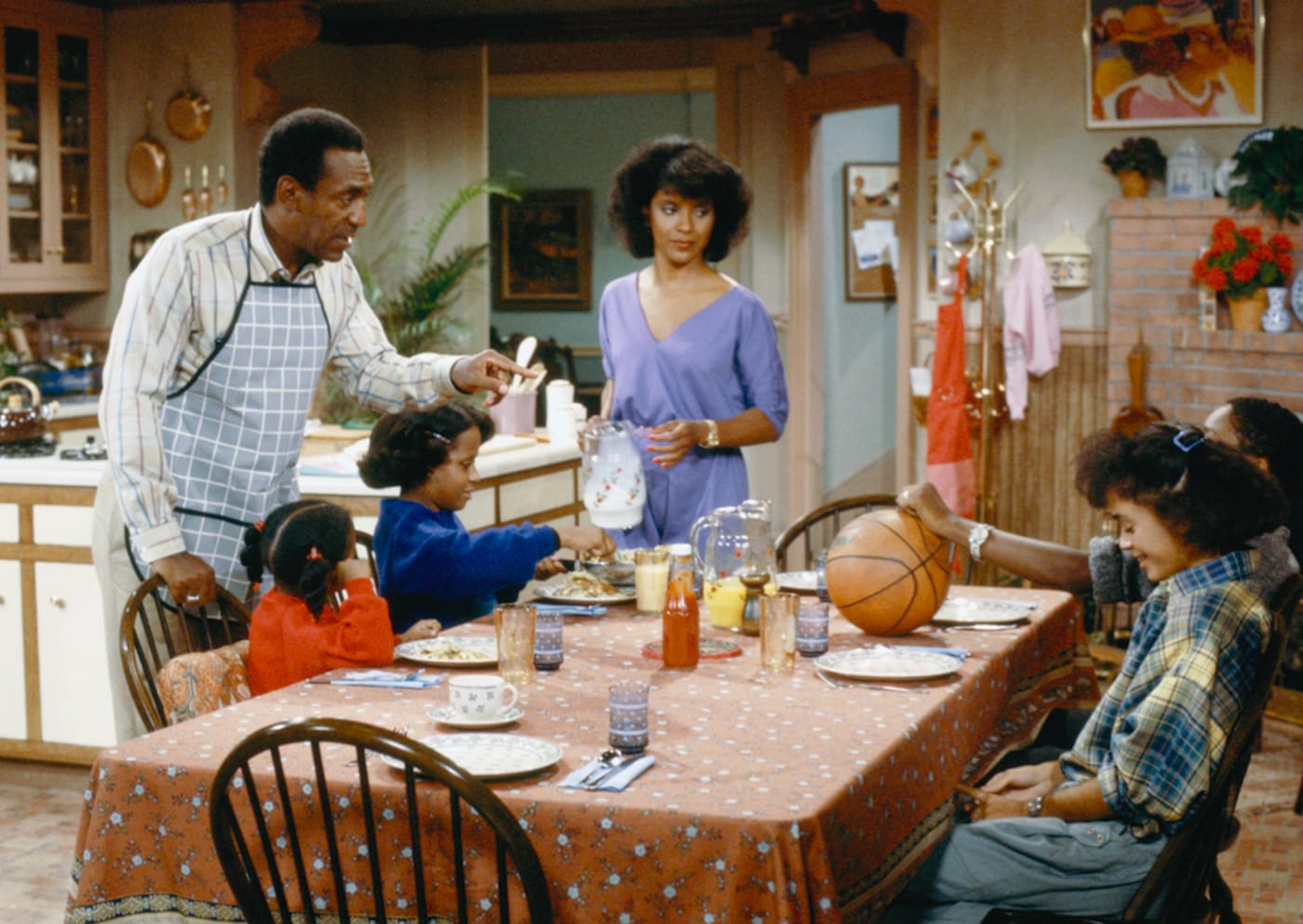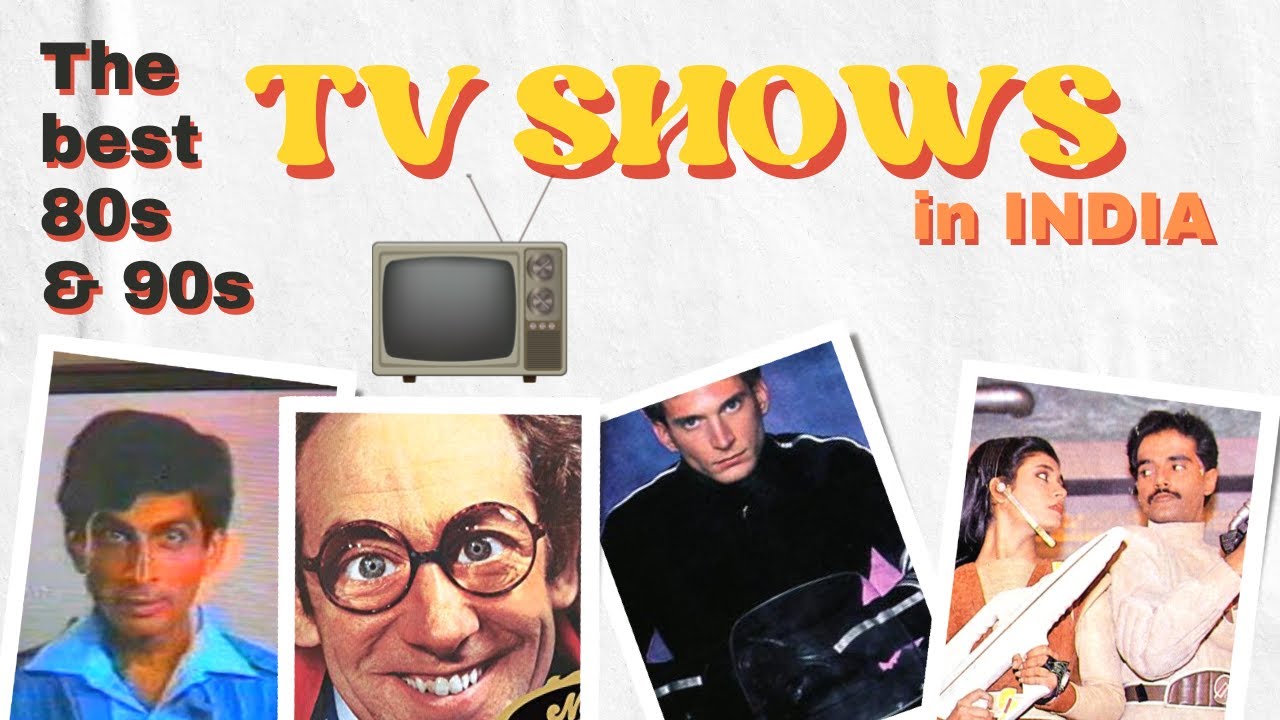
The community has yet to calculate an average Star Trek ranking for shows and movies. Instead, users have ranked the different shows and movies. The result? Here's the list of the best movies and shows that are based on Star Trek. You can also see where the movies rank on a scale 1-5.
Star Trek's time travel stories
Star Trek's science of time travel is not fully understood. It is based on "chronotons", which real-world scientists are still trying to understand. However, there is one thing that's certain: time travel is an interference with the past, which can affect the present. This means that if someone alters the timeline in the past, it will undoubtedly affect the present.
Star Trek has always incorporated time-travel stories into their shows, and they've done so in a variety of ways. Star Trek is a major part of time-travel. They have used it to erase entire civilizations or reveal that we exist inside a time loop.
Deep Space Nine
Deep Space Nine has been a top-rated Star Trek series. It is a perfect example of many Star Trek archetypes. It also combines the episodic nature of a Trek procedural with an expansive A-line plot. It also has some of Trek's best episodes.

Deep Space Nine is also one of the most sinister entries in the series. It extends the reach of Gene Rodenberry’s creation and showcases the acting skills of Andrew J. Robinson and Avery Brooks.
Voyager
Voyager is one of the most popular Star Trek series thanks to its great cast and continued popularity. With its unique location in the Delta Quadrant, Voyager offers plenty of opportunity for new alien species. Apart from the Borg the series also features the Kazons and Vidiians. The series is also well-known for its tie in video games and novelisations that are still being written by the series' writers.
Voyager's most notable moments come after Seven and The Doctor. Seven of Nine, a cyborg Seven of Nine who brings the Troi effect into the series, is another notable character in Voyager. Star Trek's lowest-ranked series is the one that lacks direction and writing.
Enterprise
Star Trek's Enterprise has a special place. It is the iconic starship of the original series. It was the heart of The Next Generation and the movie, and it is now returning to the series in Discovery's second season. Here are some reasons you should place the Enterprise amongst the most iconic starships. We will also look at some of its unique features.
The Xindi plotline is the reason the first episode of the new season's second season is so exciting. Enterprise crew is high spirits and the episode is full of great character development. Vulcans will find plenty of culture building in this episode. It also continues the Xindi storyline. This episode also features a guest appearance of the show's director. He plays an evil space station voice.

Beyond
Beyond is a well-made movie. But there are areas that it fails to excel in. Beyond has its charms. However, the film is lacking in originality and its script needs improvement. This new installment is worth checking out, regardless of whether you are a loyal fan or not.
There are many methods to rate Star Trek movies. You can view critics' ratings, fan reviews, or aggregate grading websites. These sites will give you the latest information on which films are better than others.
FAQ
How much does a commercial cost to produce?
Producing a commercial is expensive. The cost depends on the length and number of actors involved as well as the location where it is shot.
A 30-second commercial usually costs $20,000-40,000.
What type of advertisement is a television?
Television is a form of communication where images are used to convey messages. It is the most popular medium of communication in the world. The television industry is worth approximately $100 billion every year.
There are many types of television advertisements. They can be broken down into two main categories.
-
Commercials, also called TV commercials, last 30 seconds to 60 seconds.
-
Programs/Series are also called "programming". These programs usually last 20 minutes, although some may take longer.
Commercials are shown during commercial break, which is usually every half hour of programming. These commercials are also shown during non-programming times. This includes infomercials (public service announcements), before and afterwards shows, and so on.
Programming is the most important part of any channel. Many channels air several series each week. Some networks only air one series per days. Some networks will air multiple series at once. Some channels are specialized in showing movies, sports events, and news.
Television advertising has undergone significant changes since its inception. In the 1950s, television was primarily used for entertainment purposes. The 1950s saw people watch television shows such as I Love Lucy, Father Knows Best, Gunsmoke, and then they would go outside to play with their buddies. People started using television to find out more about products and services as technology improved. For example, if someone wanted to buy a new car, he could watch an automotive advertisement and learn what features were available in that particular model.
Advertisers are spending a lot of money to watch TV.
Advertisers spend large sums of money on TV to promote their products. They also spend large sums of money convincing consumers to buy their products.
This is done by investing money in research to discover what people love and don't like about their products.
These data are then used to design ads that appeal and attract consumers by advertisers.
How does TV Advertising work?
Advertising on television is a great way to reach customers who are watching TV. It's also cost-effective. Commercial breaks are the most common form advertising on television. Commercial breaks are typically 30 seconds in length, but can be longer if they feature a special event, such as an award ceremony, sporting match, or election night. Many companies sponsor commercials because they want to promote their products. They pay for airtime during these commercials. Some commercials contain product information, while others just show images and music. Many programs have product placement, where brands are featured within the program. This might involve the brand being featured in a scene or providing background information on the product.
Statistics
- To get estimated costs for airing a 60-second TV commercial in different regional markets, check out the following figures in this TV ad pricing chart from the media experts at Casual Precision. (fitsmallbusiness.com)
- Television is a great brand awareness tool - Almost every American has a television, with 83 percent of adults having two or more, and American households keep their televisions on for 8.1 hours each day on average. (marketingevolution.com)
- In fact, 76% of people completely skip the commercials while watching their programs. (qualitylogoproducts.com)
- Radio is extremely accessible – 95 percent of cars have radios, and 99 percent of homes have radios. (marketingevolution.com)
- This includes 97 percent of Gen X, and 95 percent of Millennials. (marketingevolution.com)
External Links
How To
How does the TV Advertising Industry work?
Many companies are involved in the TV advertising industry. Ads should not be offensive and relevant to viewers.
The media buying firm buys airtime from networks. This airtime is then sold to the advertisers. This is where advertisers pay for the airtime. You can choose to buy specific timeslots of the day or all day.
Once the airtime is bought, the media buying company sends the advert to the network. The network then shows the ad during its scheduled broadcast time.
Viewers may click on the advertisement link if they are interested. The advertiser will pay the media buying company once again if they click on the link.
The process continues up until the advert is done. At the end of the ad break, the media buying company collects its money from the advertiser and passes it onto the network.
Advertising agencies create and send the ads to media buying firms. They also manage creative aspects of the campaigns.
They also manage the creative and liaison with the client regarding the content of their ad. They also oversee the production and liaison with the clients on the budget.
They are responsible for overseeing the entire campaign and keeping track of all activities.